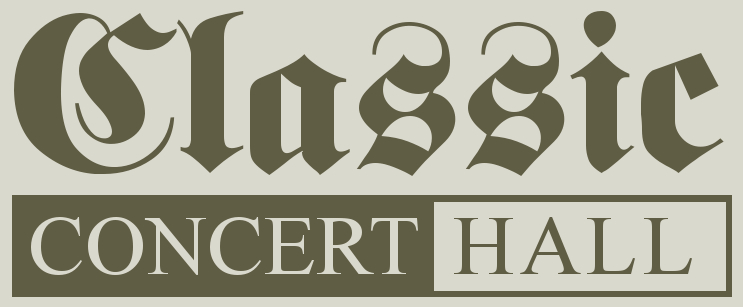|
Comments (3)
Comment on this music
Login/Register to post a comment.
|
Fuge in C BWV 545
Uploaded by: Matteov
Composer: Bach, J. S. Organ: G. Silbermann Stadtkirche Zöblitz, 1742 Software: Hauptwerk IV Views: 140
|
Uploaded by:
|
clrresources (01/31/25)

|
|
Composer:
|
Bach, J. S. 
|
|
Sample Producer:
|
Evensong 
|
|
Sample Set:
|
First UMC San Diego Chapel - II/14 Blackinton

|
| Software: | Hauptwerk V |
| Genre: | Baroque |
| Description: | The fourth partita “Partite diverse sopra il Corale ‘Sei gegrüsset, Jesu gütig’” is the culmination of the form, and was likely written between 1711 and 1713. Bach addressed the composition of this piece in 2 phases. The first early draft, found in Krebs’ notebook, is in 4 movements, containing movements 1, 2, 4, and 10. Bach then added additional movements to create a 12 movement work more appropriate for concert performance than for church performance. This partita is from Bach’s later years in that it’s notated in the standard minor mode rather than the Dorian mode (one fewer flat in the key signature) of the previous three partitas.
The form overall is as follows:
Chorale – 4 parts
Variation 1 – Bicinium - Ornamented melody over a continuo line (as in the other partitas)
Variation 2 – Four part – suspirans (sixteenth rest followed by three sixteenth notes) rhythmic figuration
Variation 3 – Bicinium – perpetual motion
Variation 4 – Four part – suspirans figuration
Variation 5 - 32nd note figuration
Variation 6 - 32nd note figuration
Variation 7 – Dance idiom, 12/8
Variation 8 – Dance idiom, 24/16
Variation 9 – Sarabande idiom, ¾. Trio
Variation 10 – Sarabande idiom, ¾. Extended countermelody
Chorale – 5 parts
Bach appeared to be returning to this piece even into the 1740 Leipzig years. I call these years his “greatest hits” years. He spent a lot of time polishing previous works, for example the Lepiziger Handschrift, or the Great 18 chorales, heard in the first concert today, where he took chorale preludes from his earlier years and polished them into a tight collection. Similarly, he took the best movements of his cantatas, along with newly composed movements, and compiled them into the B minor mass and the Christmas oratorio. Here too, Bach compiles the best representation of the chorale partita form, but never returned to a newly composed one after the 1713 Vivaldi encounter. |
| Performance: | Live |
| Recorded in: | Stereo |
| Playlists: |
|
|
Options:
|
 Sign up today to download piece. Sign up today to download piece.
 Login or Register to Subscribe Login or Register to Subscribe
 Click here to complete your hardware profile Click here to complete your hardware profile
|
|
|



